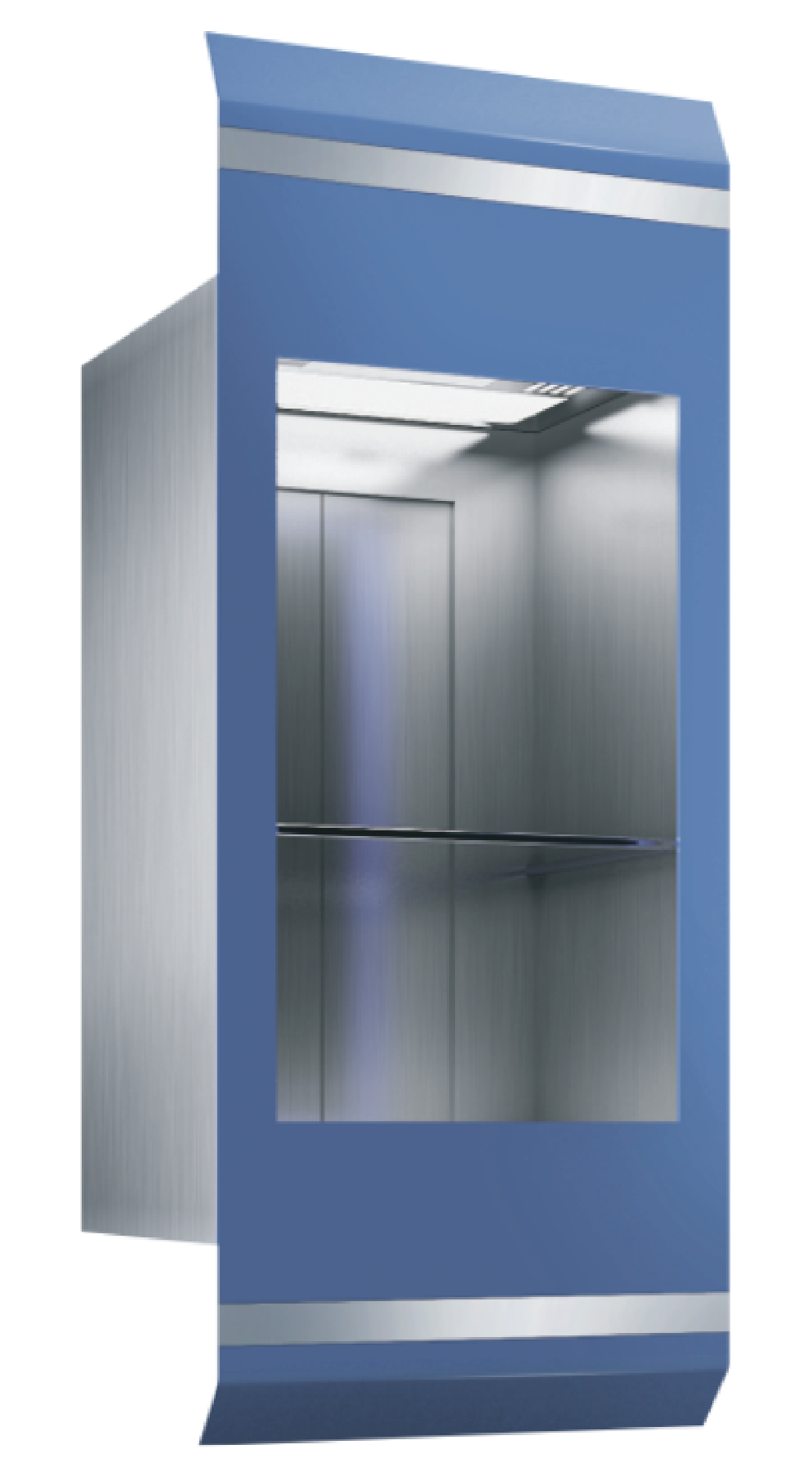Flying chairs, ascending rooms, steam-powered elevators descending into mines.
For millennia, people have called elevators many names and tried a great deal of technologies. The earliest account of an elevator describes how Archimedes wound ropes around a drum in the second century B.C.E. House Elevator Lift

But it was the hydraulic power used to lift cargo on British docks in the 19th century, which is the predecessor of the Street Roots elevator, a hydraulic elevator installed by Thyssen Krupp.
Dedicated to urban density, Street Roots has focused on maximizing the space in its future building on the hectic corner of Northwest Third Avenue and Burnside Street, transforming the basement into a wellness center with showers and laundry, and adding rooftop space for a classroom and respite. With this design, people need to access four floors by elevator.
The fact is that many people experiencing homelessness contend with disabilities. In the 2022 Point in Time count for Multnomah County, 80% of respondents reported a disabling condition.
Those who are on the edge of homelessness often forego health care in order to afford rent. People get sicker and sicker; according to a recent study by University of California, Riverside, poverty is the fourth leading cause of death in this nation. Illnesses can be a factor in people landing on the streets or compound the difficulty getting off. Researchers in Seattle recently demonstrated widespread medical debt among people experiencing homelessness.
Once on the streets, people’s bodies are damaged further. Homeless county residents were 45 times more likely to die when hit by a car than the general public in 2022, and those who do survive are sometimes disabled. People also lose limbs from hypothermia, infections and other illnesses.
There was no doubt, then, that Street Roots needed to retrofit the 1926 Wax building for an elevator, but it is a big feat to do so.
It’s no wonder the gratitude that we at Street Roots feel to the team at O’Neill Construction Group, who is weathering these freezing temperatures to install the elevator, Shiels Obletz Johnsen for managing this, and to Holst Architecture for the thoughtful design not only for accessibility but to center that access.
The stairs wrap around the elevator so that everyone enters at the same place. There’s an area to recharge wheelchairs near the entrance to the building. Street Roots is determined that its neighbors using wheelchairs and walkers will have ease of access.
The design of this building was inspired by Maslow’s Hierarchy of Needs so that the most basic needs of showers and laundry are met at the basement level, up to the first and second floors, which emphasize income from jobs and belonging through community — all the way up to a classroom where people reach for dreams. The elevator links all of this together.
Street Roots is an award-winning weekly investigative publication covering economic, environmental and social inequity. The newspaper is sold in Portland, Oregon, by people experiencing homelessness and/or extreme poverty as means of earning an income with dignity. Street Roots newspaper operates independently of Street Roots advocacy and is a part of the Street Roots organization. Learn more about Street Roots. Support your community newspaper by making a one-time or recurring gift today.
© 2023 Street Roots. All rights reserved. | To request permission to reuse content, email editor@streetroots.org or call 503-228-5657, ext. 40

Machine Roomless Cargo Elevator Street Roots has found its new home. This campaign is 85% funded. We need YOU to get us to the finish line.